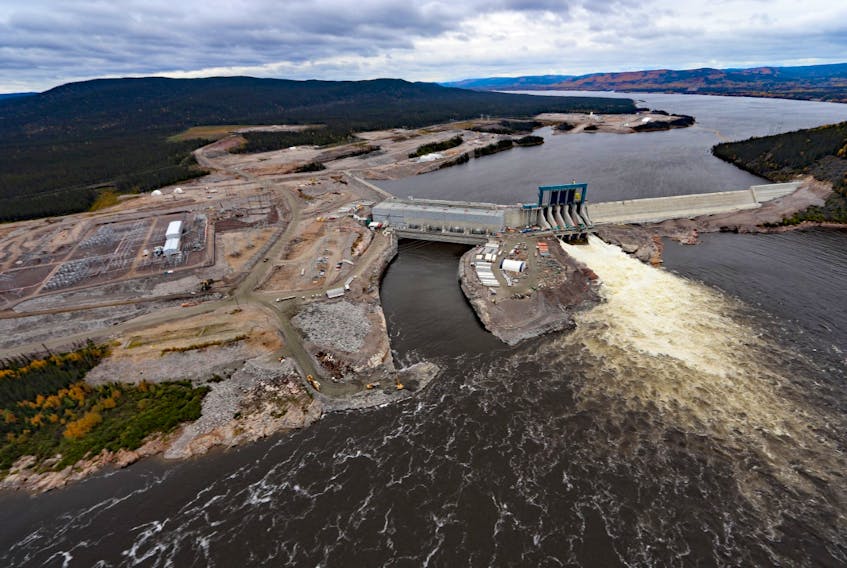Nalcor is a Crown corporation which is responsible for the building and operation of the Muskrat Falls hydroelectric power plant with assistance from its subsidiary, Newfoundland Hydro. The provincial government has given Nalcor over the last five years about $4 billion. The latter can be considered a downpayment for the revised estimated $13.1-billion cost of the Muskrat Falls project.
Also, the federal government has guaranteed a $5-billion loan covering some of the cost of the project. That leaves about $4.1 billion more to be financed.
Some have argued that electricity costs of about $0.22 per kilowatt hour would cover the overall financing. The provincial government has argued that this figure is unrealistically high and suggested a much lower cost. Looking at my recent electricity bill, the current cost per kWh is $0.1203. Even the latter cost seems to be too high, as the provincial government has considered a reimbursement to users. Why?
The cost of oil has fallen to a price not seen in decades, as a result of low demand for oil due to the COVID-19 crisis and an artificially high supply of oil from the Middle East. With this new scenario it is cheaper to keep the Holyrood plant open and pay the oil bill rather than using Muskrat Falls power at $0.12 per kWh. With current oil prices it would still be cheaper to refurbish or upgrade the Holyrood plant and depreciate this new capital over, say, 10 years. However, the Muskrat Falls project was developed, in part, to phase out the Holyrood plant, but as of May 2019 there was “no firm plan for the future of the Holyrood thermal generating station”
Nalcor/Newfoundland Hydro cannot sell its electricity directly to most users in the province. Newfoundland Power does that and it owns and operates the Holyrood generating plant. Newfoundland Power is a subsidiary of the public company, Fortis. Why would Fortis not look after its customers by buying electricity at the lowest cost?
So long as the price of oil remains at about US$30 per barrel, there will not be any incentive for Newfoundland Power to buy electricity from Nalcor/Newfoundland Hydro. However, up to 150 megawatts of power from Churchill Falls was sent to Newfoundland Power last winter.
Once the Muskrat Falls plant is operating there will be a maximum available power from Labrador to the island of 824 MW (Muskrat Falls) plus 150 MW (Churchill Falls) — in other words, 974 MW, 500 MW of which can be sent to Nova Scotia. The underwater island to Nova Scotia link has a maximum capacity of 500 MW. That leaves 474 MW available to replace the Holyrood plant. There will be some mild winters that the island will not need 474 MW. The same would be the case if the Holyrood plant was operating. However, money can be saved in the case of Holyrood power by not burning oil, but not in the case of Muskrat Falls power; hence an argument for rate mitigation.
The Muskrat Falls project was not built just for the near future; it was built to last at least 50 years. Oil prices fluctuate (from over $150 to less than $20 per barrel in 12 years) and are not expected to stay at current levels.
All the financing costs of the Muskrat Falls project have not yet been finalized. There are the operating costs, which will be tied mainly to the price of oil, and the capital costs, which will be depreciated over a number of decades. After the price of oil returns to about US$90 per barrel, the cost to the consumer will reflect that and the cost of electricity per kWh will begin to stabilize.
The interest cost will be close to the current AAA bond rating (around 2.75 per cent) applied to the remaining capital cost, including overruns, $9.1 billion ($13.1 billion less $4 billion) or about $250 million per year. This compares favourably with the energy rate management of $200 million in the province’s 2019 budget statement. The estimated interest cost ($250 million) represents about 3 per cent of the $8.4 billion expenses in the provinces 2019 budget statement.
Ian McMaster
St. John’s








